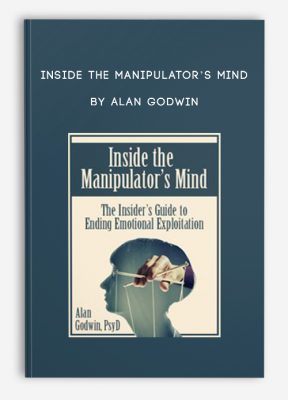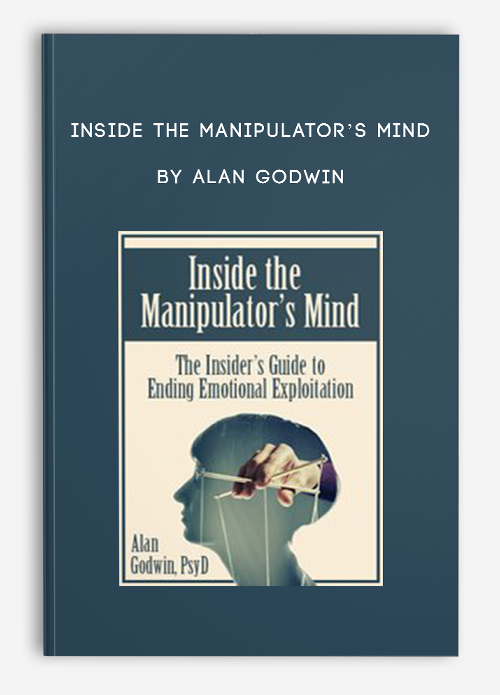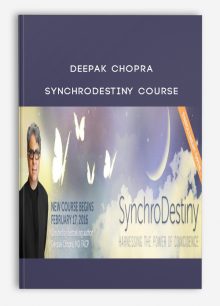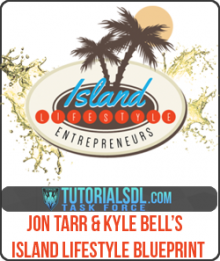Subtotal: $57.00
Inside the Manipulator’s Mind by Alan Godwin
$219.99 $62.00

Inside the Manipulator’s Mind by Alan Godwin

**More information:
Get Inside the Manipulator’s Mind by Alan Godwin at Salaedu.com
Description
Constructive Strategies for Countering Emotional Manipulation
From guilt trips to gaslighting, emotional manipulation takes many forms, and it’s often so covert that clients have difficulty articulating how and when it’s happening.
This recording explores the manipulator’s motivations for relating to others through drama, offering an in–depth analysis of the manipulation process. Discover effective strategies your clients can use immediately to recognize and counter manipulation in any setting while establishing healthy relational boundaries. Combining decades of clinical practice and the latest behavioral research, Dr. Alan Godwin offers comprehensive solutions you will be ready to use the next day to engage and empower your clients.
The Manipulator’s Mind
- Defining emotional manipulation
- Five reasoning deficiencies at the heart of emotional manipulation
- Humility
- Awareness
- Responsibility
- Empathy
- Reliability
- Drama, schemata, and overcompensation
- The master
- The martyr
- The messiah
- Methodologies of
- Grooming
- Manipulation
- Maintaining the toxic status quo
- Elements of manipulation associated with disordered and non-disordered individuals
- Behavioral variations according to context (business, family, romance)
- Short- and long-term psychological damage
- When attempts to manipulate don’t succeed
Manipulative Relationship Dynamics
- Healthy vs. manipulative relationships
- Characteristics of attraction, dependency, and role participation
- Codependency and addiction
- Commonly-exploited vulnerabilities
- Naïve expectations
- Unwarranted benefit of the doubt
- Attempting to reason with the unreasonable
- Who stays, who leaves, and why?
Countering Manipulation & Ending Destructive Cycles
- Discern the report’s accuracy
- Teach counterintuitive behavior
- Outline and recognize the manipulation process
- Understand the antagonist
- Disarm buttons
- Respond vs. react
- Set boundaries
- Lean on connections
- Acknowledge relational limitations
- Identify risk factors
- Minimize fallout
- Measure recovery
- Strategies for overcoming resistance to change
- Resources for ongoing support
EXAMPLES & APPLICATIONS
- Example #1: Set up to fail in the workplace
- Example #2: Love under lock and key
- Example #3: The guilt-tripping parent
- Example #4: The God’s-gift-to-the-world relative
More information about Medical:
Medicine is the science and practice of establishing the diagnosis, prognosis, treatment, and prevention of disease.
Medicine encompasses a variety of health care practices evolved to maintain and restore health by the prevention and treatment of illness.
Contemporary medicine applies biomedical sciences, biomedical research, genetics, and medical technology to diagnose, treat, and prevent injury and disease,
typically through pharmaceuticals or surgery, but also through therapies as diverse as psychotherapy, external splints and traction, medical devices, biologics, and ionizing radiation, amongst others.
Medicine has been around for thousands of years, during most of which it was an art (an area of skill and knowledge) frequently having connections to the religious and
philosophical beliefs of local culture. For example, a medicine man would apply herbs and say prayers for healing, or an ancient philosopher and physician would apply bloodletting according to the theories of humorism.
In recent centuries, since the advent of modern science, most medicine has become a combination of art and science (both basic and applied, under the umbrella of medical science).
While stitching technique for sutures is an art learned through practice, the knowledge of what happens at the cellular and molecular level in the tissues being stitched arises through science.
1 review for Inside the Manipulator’s Mind by Alan Godwin
Add a review Cancel reply
Related products
HEALTH - FITNESS - LIFESTYLE - MEDICAL
HEALTH - FITNESS - LIFESTYLE - MEDICAL
HEALTH - FITNESS - LIFESTYLE - MEDICAL
Fast Confidence [How To Be More Confident │Confidence Building] from Sharon Melnick, Ph.D.
HEALTH - FITNESS - LIFESTYLE - MEDICAL
HEALTH - FITNESS - LIFESTYLE - MEDICAL
HEALTH - FITNESS - LIFESTYLE - MEDICAL
HEALTH - FITNESS - LIFESTYLE - MEDICAL

 Todd Durkin - Fitness Business Success Coaching System
Todd Durkin - Fitness Business Success Coaching System 


![Fast Confidence [How To Be More Confident │Confidence Building] from Sharon Melnick, Ph.D.](https://tradersoffer.forex/wp-content/uploads/2017/05/Sharon-Melnick-Ph.D.-Fast-Confidence-How-To-Be-More-Confident-│Confidence-Building-220x261.png)





Trevis Trevis –
Welcome to Sala Shop, we are here to provide everything to learn and improve this life…encourage you to check clearly the course